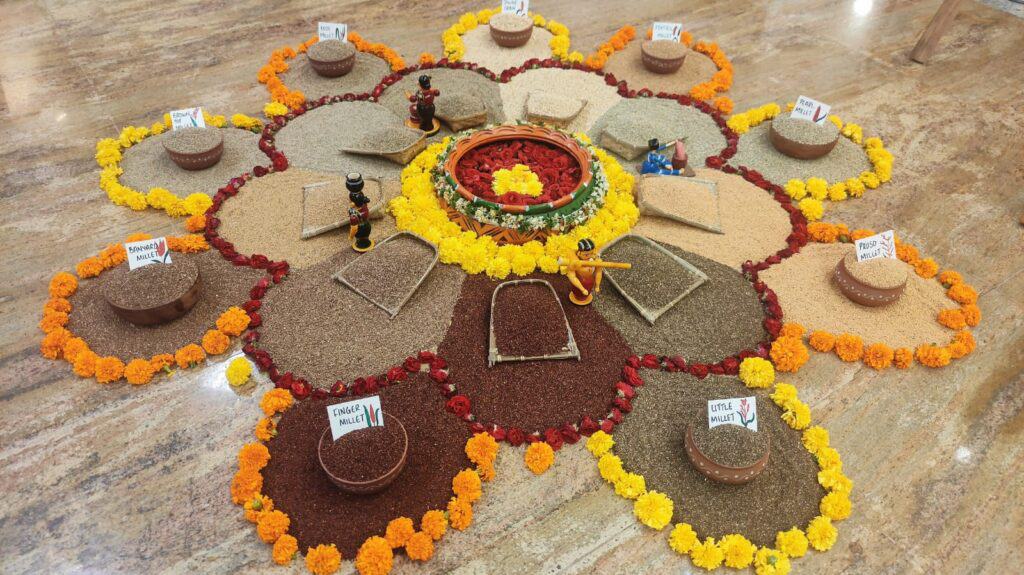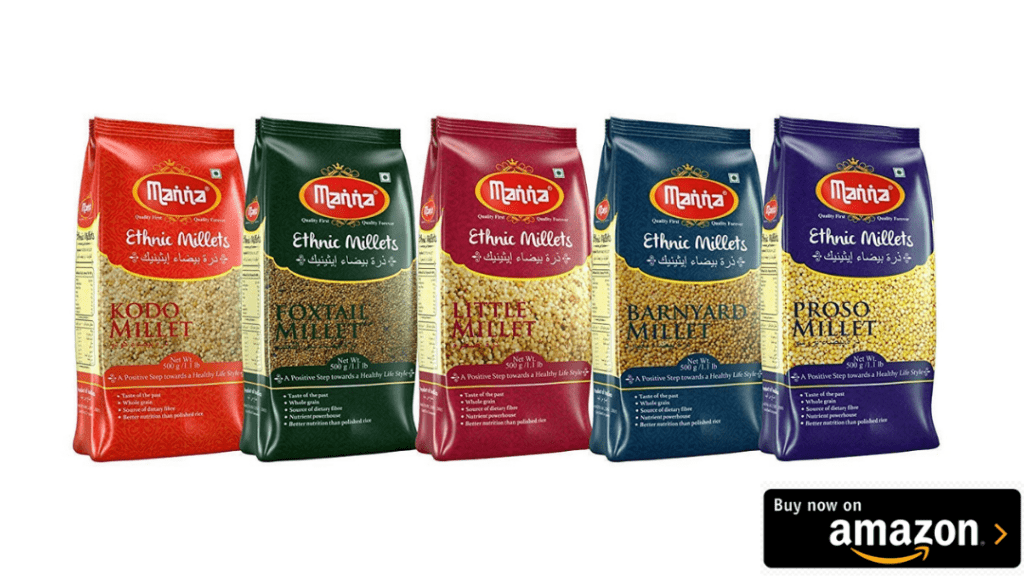Table of Contents
How to add Millet to your diet:
With the rising of health issues, lifestyle diseases, and nutritional insecurity, it’s high time to give attention to a miracle grain, Millets as it deserves it. Millets are extremely nutritious and good for health. Millets are not new to us rather it was grown and consumed as a staple food in India. But with the passage of time, there has been a decline in the cultivation and consumption of millets. The main reason behind this is giving more preference to wheat and rice.
Today, I thought of sharing with you ”How to add millet to your diet” so that it will help you in understanding millets better and definitely we can revive the forgotten grain.
Before starting let us understand the basics of millets and I will ensure nothing is left unturned. So, we are going to learn the following today:
- What are Millets
- Types of Millets
- Why Millets are better than wheat and rice
- How to add millet to your diet
- How to select the best quality Millets
What are Millets?
Millets are the small-seeded grains that are grown widely in India. They belong to the Poaceae family. India is the largest producer of millets in the world. They are highly nutritious and now it is called Nutri-Cereals. They are mostly rainfed crops and require very fewer inputs to grow. That’s why I say, Millets are not just good for you but also for the Planet.

Types of Millets:
There are nine types of millets grown in India. This crop is divided into two main categories – major and minor millets depending upon the size and area of production. Sorghum and Pearl Millet come under major millets and the rest are the minor millets (Foxtail Millet, Little Millet, Barnyard Millet, Finger Millet, Kodo Millet, Proso Millet, and Browntop Millet).
Teff and Fonio are the other two millets grown in Africa. In India, few farmers are growing these millets.
In India, Millets are known in different names and I know it may be a little confusing about the local names. But don’t worry I have already written an article on ”Millets name in different languages” and sure you will slowly become familiar with the names.
Why Millets are better than Wheat and Rice??:
- Millets contains more fibre. It helps in better digestion and makes the meal feel fuller. It is good for the diabetic patients as it helps in controlling the blood sugar. (Best Millets for Diabetes)
- Millets contains more protein and it helps to build muscle strength and keeps our body healthy.
- Iron content is much higher in Millets. It helps to improve the immune system and fight against anaemia in children and women.
- The rich content of Folate helps to improve the blood circulation in our body.
How to add Millet to your diet:
The demand for millets has increased globally and now people are realizing the health and lifestyle benefits of millets. If I will ask you to eat millet porridge, you will think for a moment. But when I will offer you a tasty, delicious, and nutritious biriyani or pulao made of millets, definitely you will be excited to have it.
So, to know how to add millet to your diet let us start the discussion. First of all, start with one or two millets and gradually include all the millets. According to the ICMR-National Institute of Nutrition, Hyderabad, one should consume about 270 gm of Cereals including Nutri-Cereals(Millets). So, if you are adding millets then you can take about 1/3 rd(90-100gm of millets per day) of the recommended quantity.
With millets, we can lot of recipes starting from breakfast to desserts. For breakfast, there are many options in our hands. We can make Millet Idli, Millet Dosa, Millet Upma, Millet Pongal, and many more. Here I am sharing with you the Millet Upma made with Proso Millet. Hope you will enjoy it.
There are many millet recipes in my blogs and Youtube Channel, you can explore them. The right technique to cook millet is to go with measurement. If the measurement of millet grains and water is perfect, we get the right cooked millets. Here is the guide ”How to cook Millets Perfectly”.
After knowing how to add millet to your diet, a question must be coming to your mind ”How to select the best quality Millets?? So without delay, let us start.
How to select the best Quality Millets:
Always select millets that are minimally processed. Only the outer husk is removed without losing the bran layer so that the nutrients remain intact. It is always advisable to go for unpolished millets.
Check for millets that are free from stones, dust, and impurities so that it is convenient to use and ready to cook anytime.

Conclusion:
Hope this blog helped you in understanding Millets in a better way and how to add millet to your diet. Please let me know your feedback and queries in the comment section below, I will be happy to hear from you. With this Goodbye and have a nice day and soon meet you in my next blog.
Author: Tapas Chandra Roy, A Certified Farm Advisor on Millets, ‘Promoting Millets from Farm to Plate’. In a mission to take the forgotten grains- Millets to Millions. To remain updated on my blogs on millets you can join my Telegram Channel – Millet Advisor and can write to me at [email protected]


Very useful information.
Great Initiative 👏👏